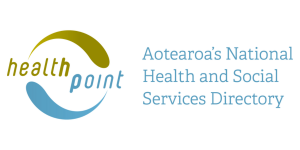Oral thrush is best treated with antifungal medicines to clear the infection and self-care measures to prevent re-infection.
Antifungal medicines
Anti-fungal medicines come as a liquid (Nilstat), gel (miconazole) or tablets (Fungilin) that dissolve in your mouth. When using these medicines, it's important to hold them in your mouth before swallowing. Try not to swallow them too quickly, as the longer the medicine is in contact with the site of infection the better.
Nilstat liquid and miconazole gel can be bought from your pharmacy without a prescription, after discussion with your pharmacist. To ensure you get the right product, your pharmacist will ask you a few questions regarding your symptoms and recommend a suitable product for you. They may refer you to your doctor.
For more severe infections, a medicine called fluconazole may be used, eg, for people with a poor immune system who develop extensive oral thrush. Fluconazole is usually prescribed for 7 days and this will usually clear oral thrush.
Self-care
- Babies – sterilise all feeding equipment, dummies and toys that have been in contact with your baby’s mouth.
- Breastfeeding – check if you have a yeast infection on your nipples. Some antifungal medicines can be applied on your nipple to treat the infection.
- Dentures – some antifungal medicines can be applied directly to your dentures in the evening and left overnight.
- Using a steroid inhaler – thrush in your mouth is a common side effect. To prevent infection, try using a spacer with your inhaler (read more about spacers). Rinse your mouth with water or clean your teeth after using your inhaler.






